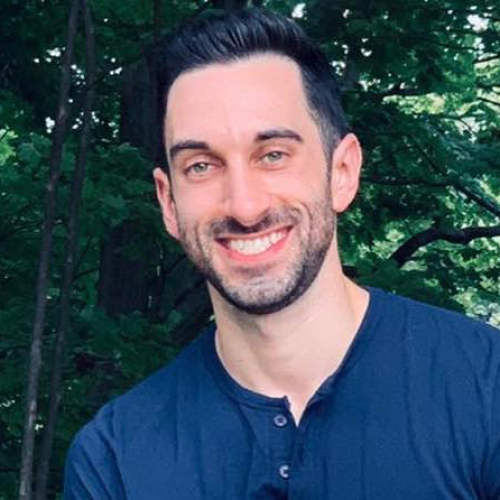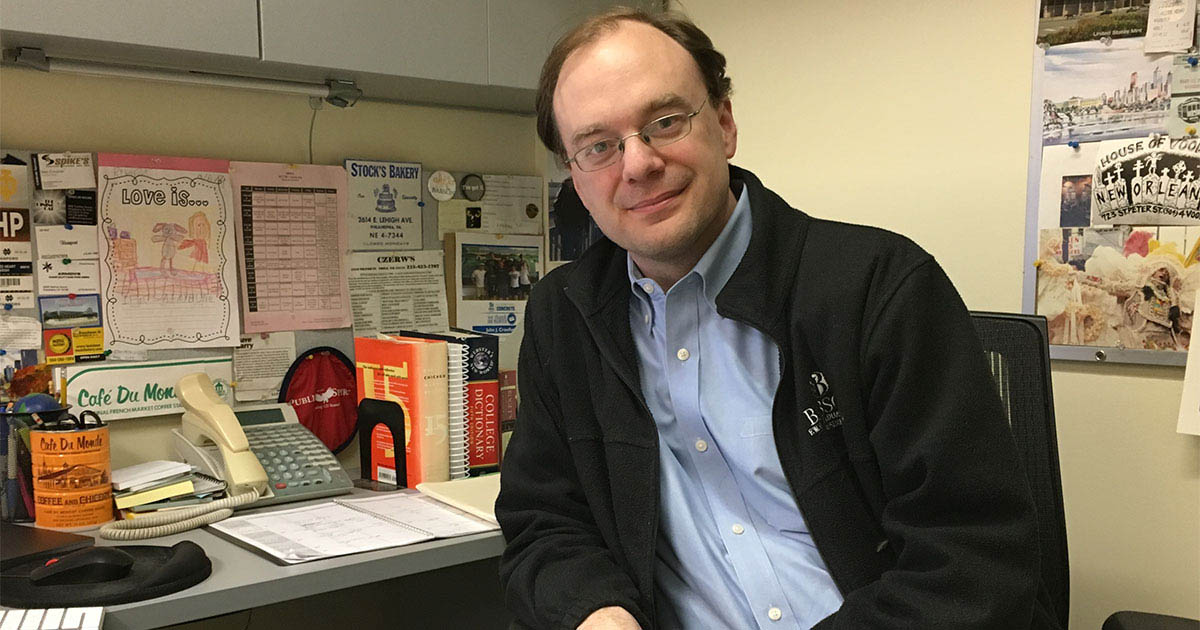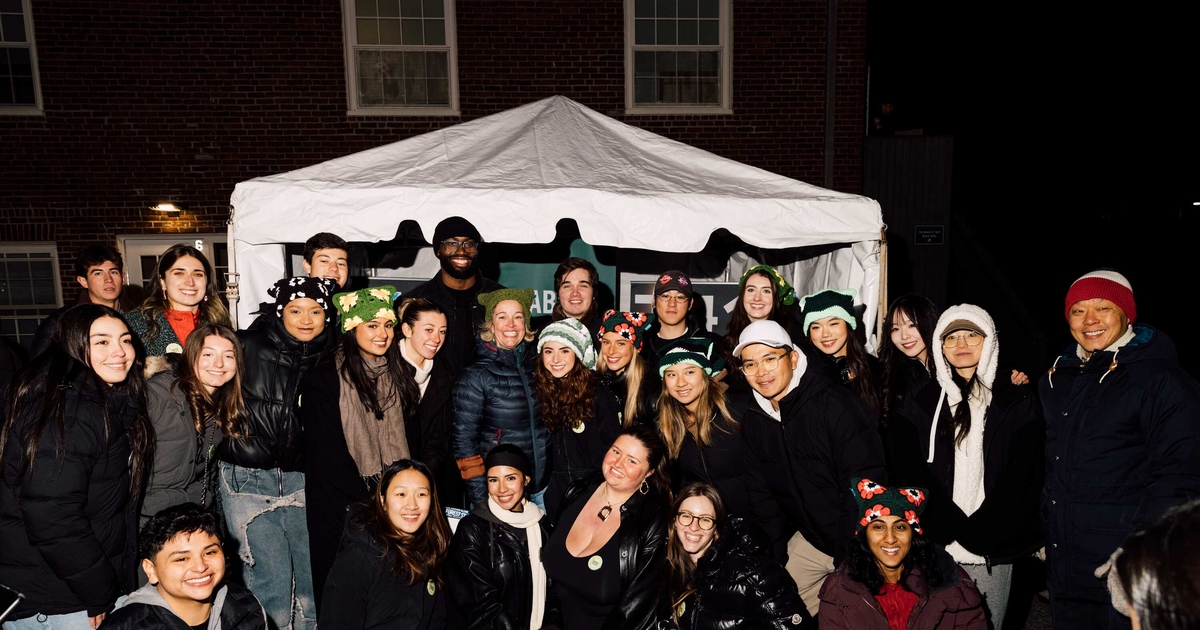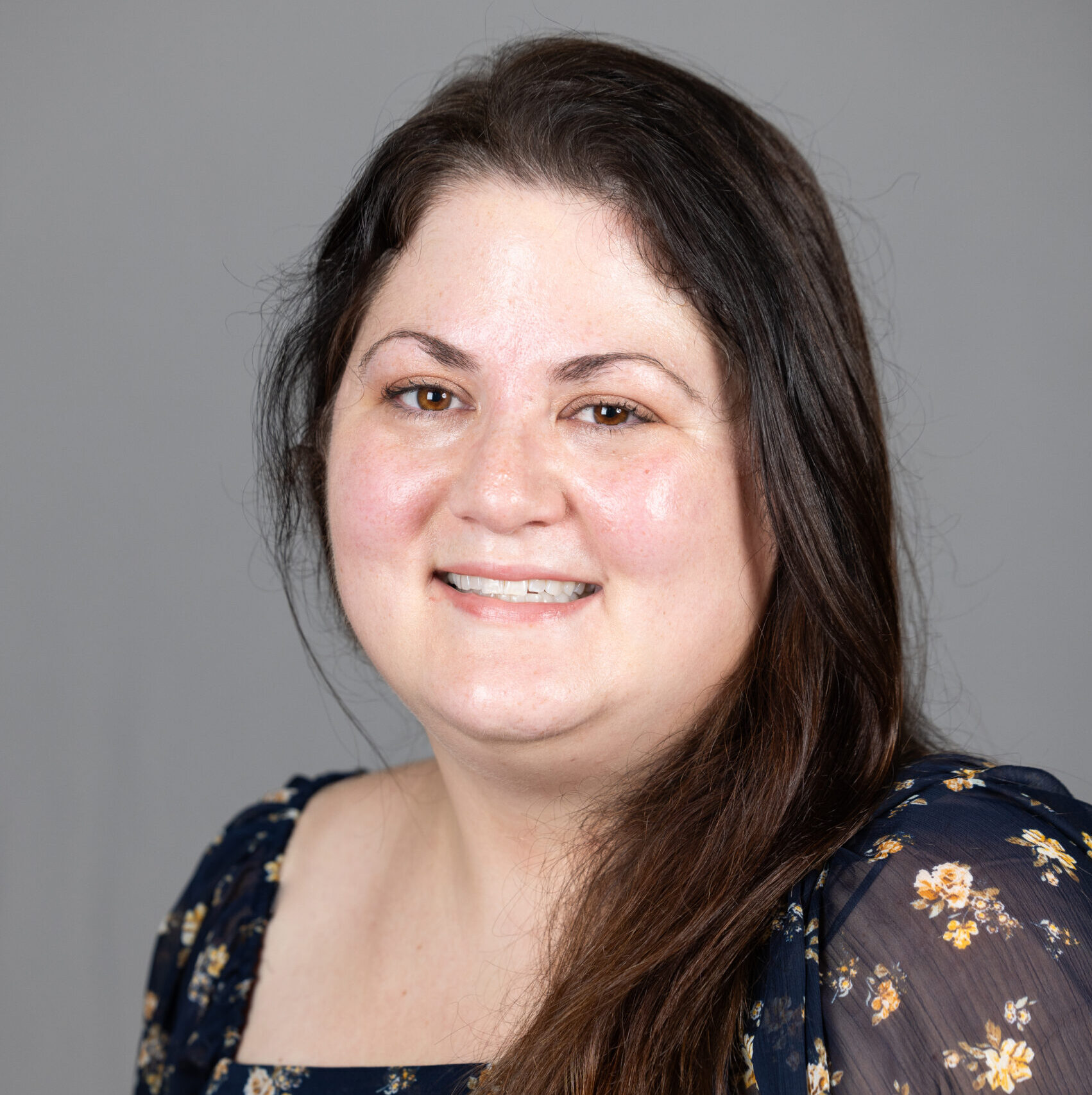How to Take a Company Public
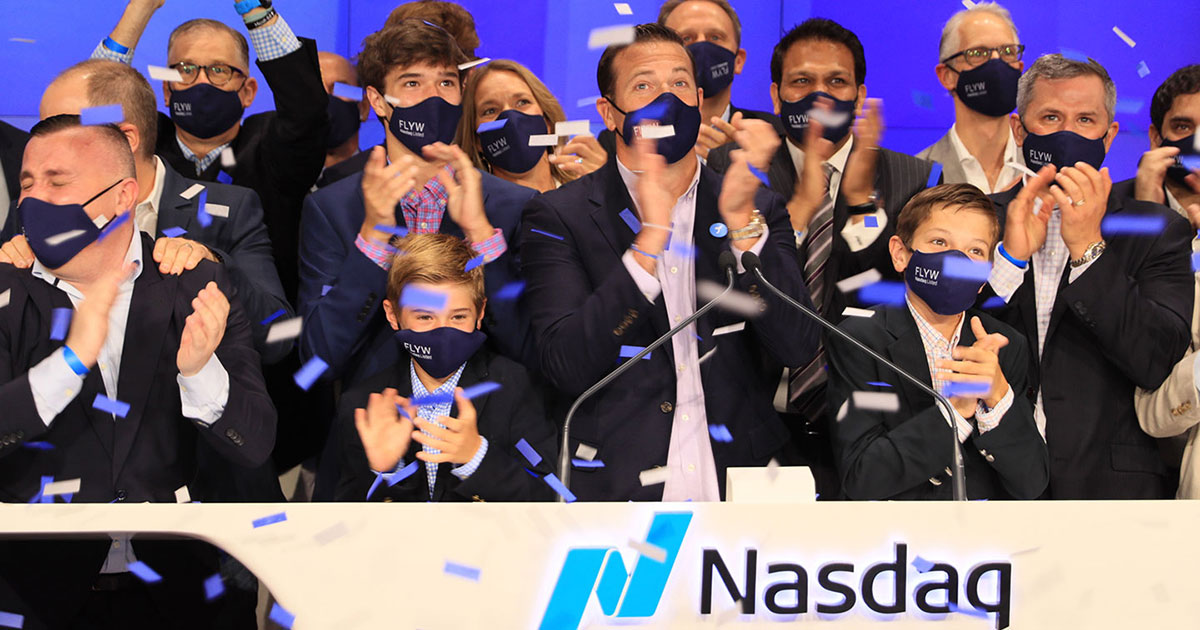
So, you’ve founded or are leading a business, you’ve scaled, and now you’re asking yourself, “What’s my next step as an entrepreneurial leader?”
For some, a logical question to pose is how to take a company public. According to SmallBusiness.Chron.com, one of the many benefits of being a public company is the ability to easily raise capital by selling stock. And, IPOHub.org reports that the average successful initial public offering (IPO) can bring in close to $100 million.
Global payments enablement and software company Flywire (Nasdaq: FLYW), led by Mike Massaro ’00, recently completed its IPO and is trading on the NASDAQ, in a partnership led by Karen Snow ’93, NASDAQ senior vice president, head of East Coast listings and capital services. These two members of Babson College’s 43,000-strong alumni network share their insights on how to take a company public, and offer advice for prospective public company founders and leaders.
The Three Steps for How to Take a Company Public
Invest in Yourself First
The preparation for Flywire’s IPO began about a decade ago, Massaro says, when the company made a stronger effort to invest in what has now become a 500-employee team representing more than 40 nationalities, and began developing a global culture with more than 2,250 clients around the world. The business also devoted time to improving its software and began to refine how it tracked, measured, and reported growth.
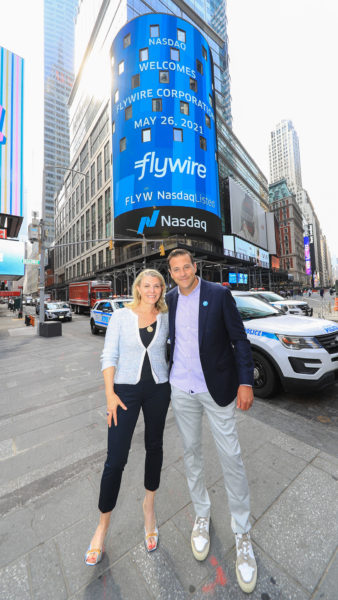
“We have always been a company with a culture of transparency, one that values execution, and yet one that also wants employees to live a fulfilled life,” Massaro said. “Being a public company allows us to bring our vision to the world more openly and provides us an amazing opportunity to keep growing this business for years to come.
“Anyone looking to build a business should focus a significant amount of their time on hiring amazing people, building strong teams, and treating culture like the strategic asset that it is.”
Be Ready to Pivot
As the world learned over the past year and a half, life as we know it can change rapidly. When considering how to take a company public, being ready to pivot can be an imperative strength, Massaro says.
“Expect to be thrown some curveballs,” Massaro said. “It was frankly the resilience that our team showed while navigating the difficult COVID-impacted 2020 that gave us such confidence that we could take on this next chapter of our journey as a public company.”
From the perspective of the NASDAQ, this virtual environment has cut roadshows, a series of presentations leading up to an IPO, from weeks to days, requiring a new approach from entrepreneurial leaders.
“That’s very different from the pre-COVID roadshow because it reduces several days of potential market risk,” Snow said. “In fact, the truncated roadshow is likely something that “sticks” on an ongoing basis.”
Build and Use Your Network
Building and using your network can make all the difference when taking your company through the process of going public.
Snow recalled the sense of enthusiasm she had upon researching Massaro and Flywire prior to her NASDAQ pitch, as she does with all companies, and learning they were both members of the Babson alumni network.
“Seeing that he was a Babson grad,” she said, “you know that the pitch is going to be well received.”
“Anyone looking to build a business should focus a significant amount of their time on hiring amazing people, building strong teams, and treating culture like the strategic asset that it is.”
Flywire CEO Mike Massaro ’00
Massaro and the Flywire team long had a belief that NASDAQ would be the optimal stock exchange when studying how to take a company public, but it was at that pitch that he was sold on the affiliation.
“They recognized the importance of our brand, our global team of FlyMates, and painted a vision for our launch that was exceptional,” Massaro said. “Knowing that I had another Babson alum helping guide the company during this amazing entrepreneurial milestone was extra special.”
